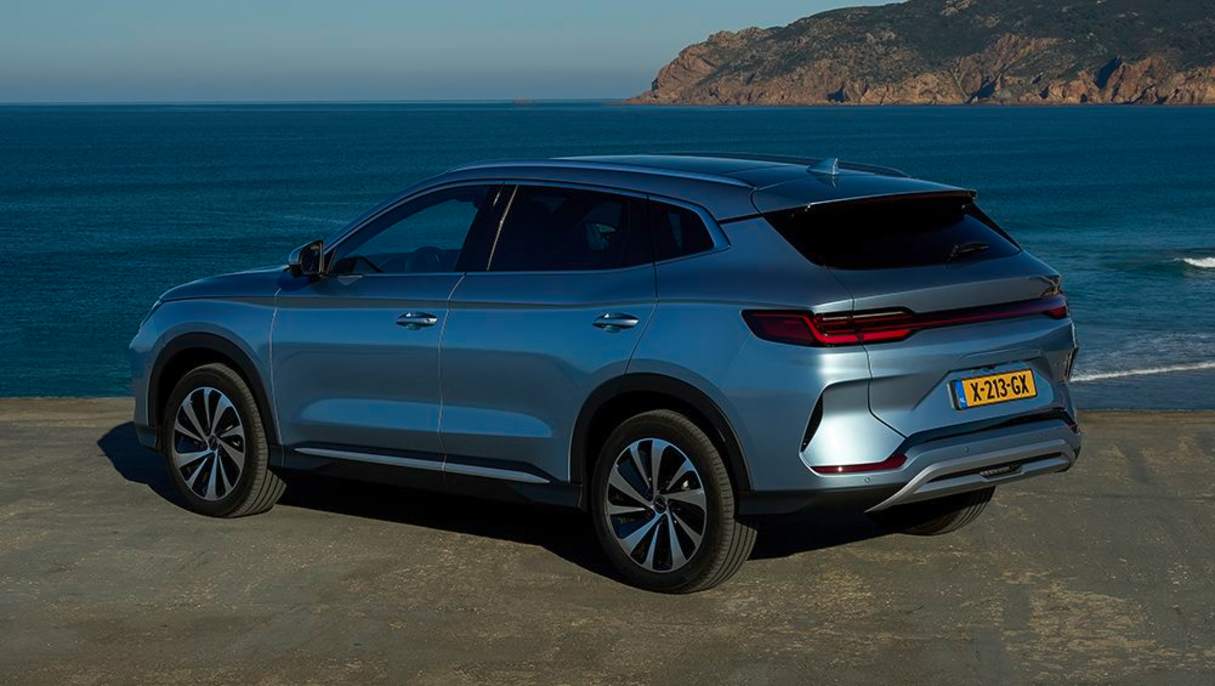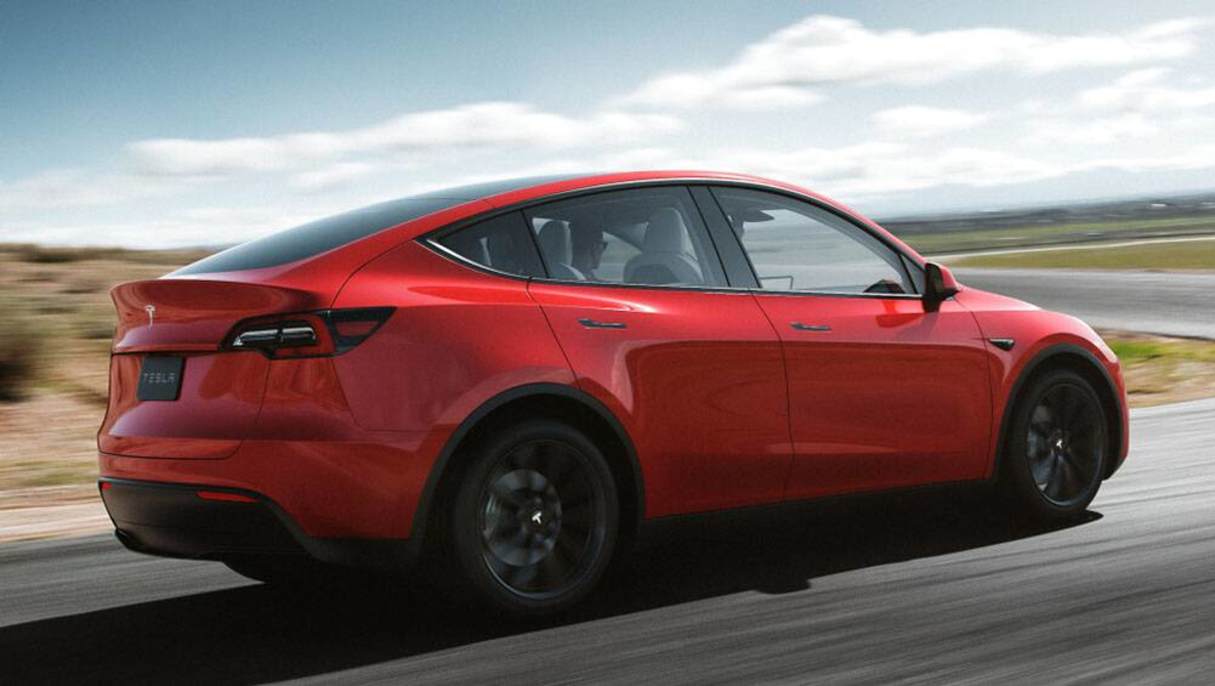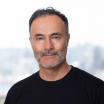BYD is about to roll the dice and gamble with its reputation as a credible alternative to the Tesla Model Y and Model 3 by releasing a fossil-fuelled third model in Australia.
As an electric-vehicle (EV) only carmaker since bursting onto the scene in 2022 with the hugely-successful Atto 3 small SUV and then later last year with the ultra-stylish Seal sedan, the Build Your Dreams brand from China is about to cease playing solely in the EV fringe by breaking into the mainstream with the Sealion 6 plug-in hybrid EV (PHEV) midsized SUV.
BYD will not abandon EVs, as the just-unveiled Seal X confirms, but will its internal combustion engine (ICE) powered hybrid dilute the appeal to consumers seeking a full battery EV from an EV-only company like Tesla?
Will going headfirst against Toyota, Nissan and Mitsubishi undermine the position of China’s first premium automotive brand in Australia?
Not according to BYD importer to Australia, EV Direct CEO David Smitherman, who refers to the Sealion 6 as an EV-first “Super Hybrid” that will only broaden the brand’s appeal while assisting more people who would otherwise not buy an EV.
“For us it’s about how do we grow the brand in Australia, which is a big country,” he told CarsGuide at the Sealion 6 unveiling.
“What we’ve noticed is that range anxiety is an issue on the sales front for our business… an obstacle to purchase. And whilst we can talk about the fact that most people would do an average of 33km per day as their commute, and I personally believe that an EV would work, there is still this generational issue that people are perhaps not ready for that shift.”

Smitherman believes that the Sealion 6 will act as a bridge that should lead previously-sceptical and even consumers fearful of EVs into believers, and this would only help the brand grow stronger in Australia given BYD’s plans to expand their EV offerings.
“I guess what we see is that this vehicle is still an electric-first vehicle, so I would suggest that most people can drive this 90 per cent of the time as an EV, so that’s why we’re very comfortable with this technology and it will expand the product offering for our brand,” he said.
“I think we’re also going to help that transition from a traditional ICE to an EV, and this vehicle will suit other people who are not ready for that jump.”
Releasing a PHEV to the range also makes business sense considering Australia is still far behind more advanced markets in terms of EV sales, ownership and infrastructure.

“From an infrastructure point of view, our other challenge in Australia is that we’re not infrastructure-ready, right,” Smitherman believes. “I think the Sealion 6 PHEV can overcome the government’s challenges around how do we transition with the new legislation coming rapidly… well, this allows you to do it.”
He added that PHEV sales in Australia are finally booming this year because of more choice for consumers, and this will only increase due to the Albanese government’s EV fringe benefit tax exemption. This tax break runs out for plug-in hybrids runs out next year, though.
“If I look at the PHEV segment, it’s a tiny segment because there’s not a lot of offering, Smitherman said. “And then suddenly, we get a vehicle like this in, and it will increase (in size).
“And the good thing is, I’ve got cars that will be here for retail in June, so we’re not talking about a car that is still six months off.”

As a testimony to the advancement of the Sealion 6’s drivetrain, Toyota will reportedly receive BYD’s PHEV tech inside the next three years, as part of the two brands’ 50/50 joint venture in China, though whether these models reach Australia is uncertain.
What do you think? Is BYD undermining its reputation as a true EV alternative to Tesla by shifting part of its focus to ICE models like the Sealion 6, or simply making a smart move?





_0.jpg)
.jpg)

.jpg)



.jpg)




.jpg)

.jpg)


.jpg)






